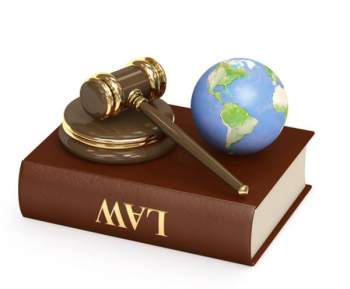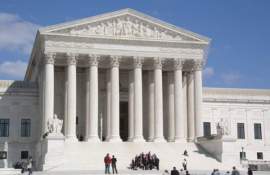
Discover the Law of the Twelve Tables

What are the Twelve Tables?
The Law of the Twelve Tables was the ancient legislation that acted as the foundation of Roman law. The Law of the Twelve Tables ultimately formed the centerpiece of the Constitution of the Roman Republic and the core of the custom of the ancestors.
Similar to most forms of early code, the Law of the Twelve Tables combines strict penalties with equally stringent procedural forms. Although the original text within the Law of the Twelve Tables has been destroyed, the majority of surviving quotations aim at uniting society through religious beliefs and controlling the masses through the institution of brutal penalties.
The Laws of the Twelve Tables:
Table I: The first table of the Twelve Tables elucidated upon the civil procedure of the region. If an individual is called to attend to court, they must go. If the individual does not attend his or her court hearing, a witness will be called and the individual in question will be captured. If the individual falls ill or is too old to attend, a carriage will be given to him. When parties have made an agreement and subsequently announced the deal, it will stand as a legally binding contract. If the individuals do not agree, they shall state their case in the court before noon. When the case is heard, a judge will deliver a pronouncement at sunset. Table II of the Twelve Tables gave additional details in regards to court dates and civil procedure.
Table III: In case of a debt, 30 days shall be allowed for repayment. After this timetable, the creditor can lay hands on the borrower and haul the individual into court. If the borrower does not adhere to the judgment given, the lender can take the defendant with him in chains with a weight of no more than 15 lbs. The debtor may live where he chooses, but if he does not live on his own, the creditor must give him a pound of wheat a day.
Table IV: This table of the Law of Twelve tables discussed the laws surrounding parents and children; table IV states that if a child is born with a deformity he shall be killed. If a father sells his son into slavery three times, the son shall be freed from his father.
Table V: This portion of the Twelve Tables described inheritance laws. If an individual dies intestate without heirs, the nearest male shall inherit the monies. If there no near male the individual’s clansmen shall inherit the monies.
Table VI: This table of the Twelve Tables Described Property laws—when an individual makes a bond or conveyance and announces it orally, the right shall be given.
Table VIII: Of the Law of Twelve Tables essentially created the framework for modern-day tort law.
Table IX: Of the Law of Twelve Tables laid the framework for constitutional principles.
Table X: Of the Law of Twelve tables established funeral regulations. Table X stated that no dead man shall be cremated nor buried in the City.
Table XI: Of the Law of Twelve tables elucidated upon marriage laws, by specifically stating that marriages between patricians and plebeians are prohibited.
Table XII: Which Is the last table of the Twelve Tables created laws for crimes and attached penalties for various crimes.
NEXT: Vicarious Liability




















